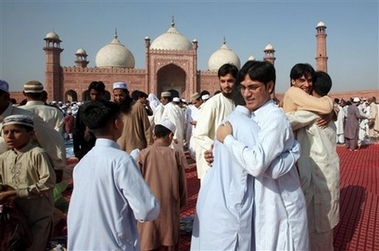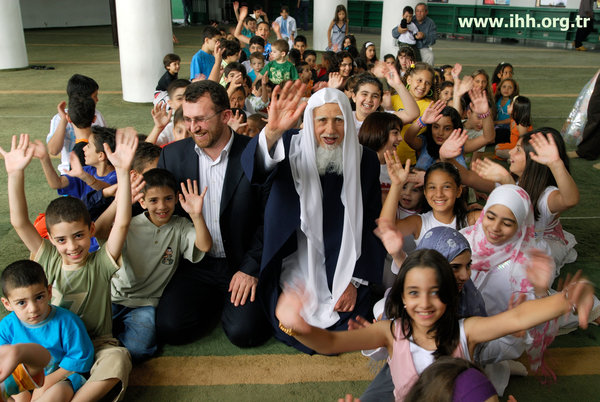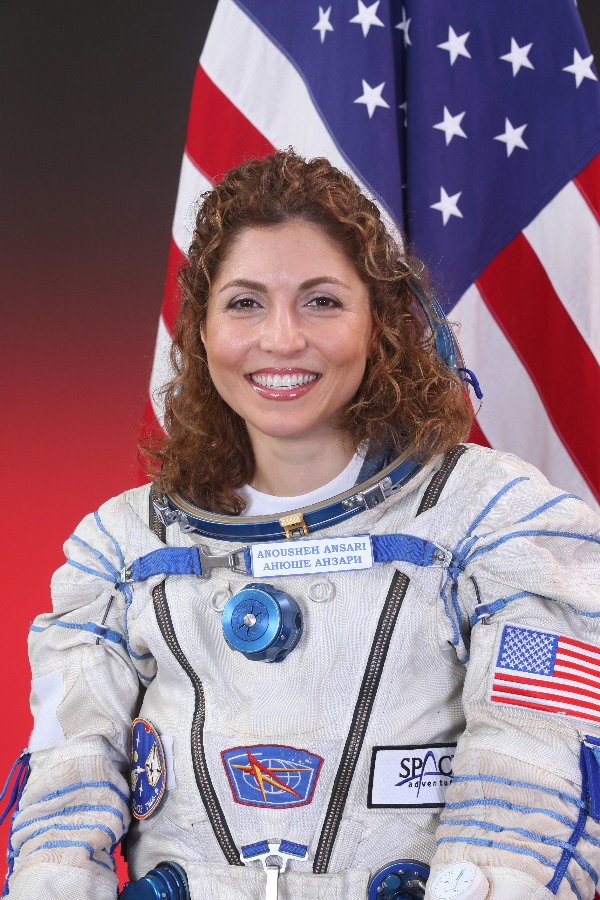I was assigned the following verses from the Quran by the noble Shahrzad as part of the Circle of Unity project. The idea is for the bloggers to read the Quran together. Be sure to check out her post for the project. Here are the verse from Surah Al-Imran, translation by Yusuf Ali.
33. Allah did choose Adam and Noah, the family of Abraham, and the family of ‘Imran above all people,-
34. Offspring, one of the other: And Allah heareth and knoweth all things.
35. Behold! a woman of ‘Imran said: “O my Lord! I do dedicate unto Thee what is in my womb for Thy special service: So accept this of me: For Thou hearest and knowest all things.”
36. When she was delivered, she said: “O my Lord! Behold! I am delivered of a female child!”- and Allah knew best what she brought forth- “And no wise is the male Like the female. I have named her Mary, and I commend her and her offspring to Thy protection from the Evil One, the Rejected.”
37. Right graciously did her Lord accept her: He made her grow in purity and beauty: To the care of Zakariya was she assigned. Every time that he entered (Her) chamber to see her, He found her supplied with sustenance. He said: “O Mary! Whence (comes) this to you?” She said: “From Allah. for Allah Provides sustenance to whom He pleases without measure.”
38. There did Zakariya pray to his Lord, saying: “O my Lord! Grant unto me from Thee a progeny that is pure: for Thou art He that heareth prayer!
39. While he was standing in prayer in the chamber, the angels called unto him: “(Allah) doth give thee glad tidings of Yahya, witnessing the truth of a Word from Allah, and (be besides) noble, chaste, and a prophet,- of the (goodly) company of the righteous.”
40. He said: “O my lord! How shall I have a son seeing I am very old and my wife is barren?” “Thus” was the answer “doth Allah accomplish whatt He willeth.”
41. He said: “O my Lord! Give me a Sign!” “Thy Sign,” was the answer, “Shall be that thou shalt speak to no man for three days but with signals. Then celebrate the praises of thy Lord again and again, and glorify Him in the evening and in the morning.”
42. Behold! the angels said: “O Mary! Allah hath chosen thee and purified thee- chosen thee above the women of all nations.
43. “O Mary! worship Thy Lord devoutly: Prostrate thyself, and bow down (in prayer) with those who bow down.”
44. This is part of the tidings of the things unseen, which We reveal unto thee (O Messenger.) by inspiration: Thou wast not with them when they cast lots with arrows, as to which of them should be charged with the care of Mary: Nor wast thou with them when they disputed (the point).
45. Behold! the angels said: “O Mary! Allah giveth thee glad tidings of a Word from Him: his name will be Christ Jesus, the son of Mary, held in honour in this world and the Hereafter and of (the company of) those nearest to Allah.
46. “He shall speak to the people in childhood and in maturity. And he shall be (of the company) of the righteous.”
47. She said: “O my Lord! How shall I have a son when no man hath touched me?” He said: “Even so: Allah createth what He willeth: When He hath decreed a plan, He but saith to it, ‘Be,’ and it is!
48. “And Allah will teach him the Book and Wisdom, the Law and the Gospel,
49. “And (appoint him) an apostle to the Children of Israel, (with this message): “‘I have come to you, with a Sign from your Lord, in that I make for you out of clay, as it were, the figure of a bird, and breathe into it, and it becomes a bird by Allah.s leave: And I heal those born blind, and the lepers, and I quicken the dead, by Allah.s leave; and I declare to you what ye eat, and what ye store in your houses. Surely therein is a Sign for you if ye did believe;
50. “‘(I have come to you), to attest the Law which was before me. And to make lawful to you part of what was (Before) forbidden to you; I have come to you with a Sign from your Lord. So fear Allah, and obey me.
51. “‘It is Allah Who is my Lord and your Lord; then worship Him. This is a Way that is straight.'”





